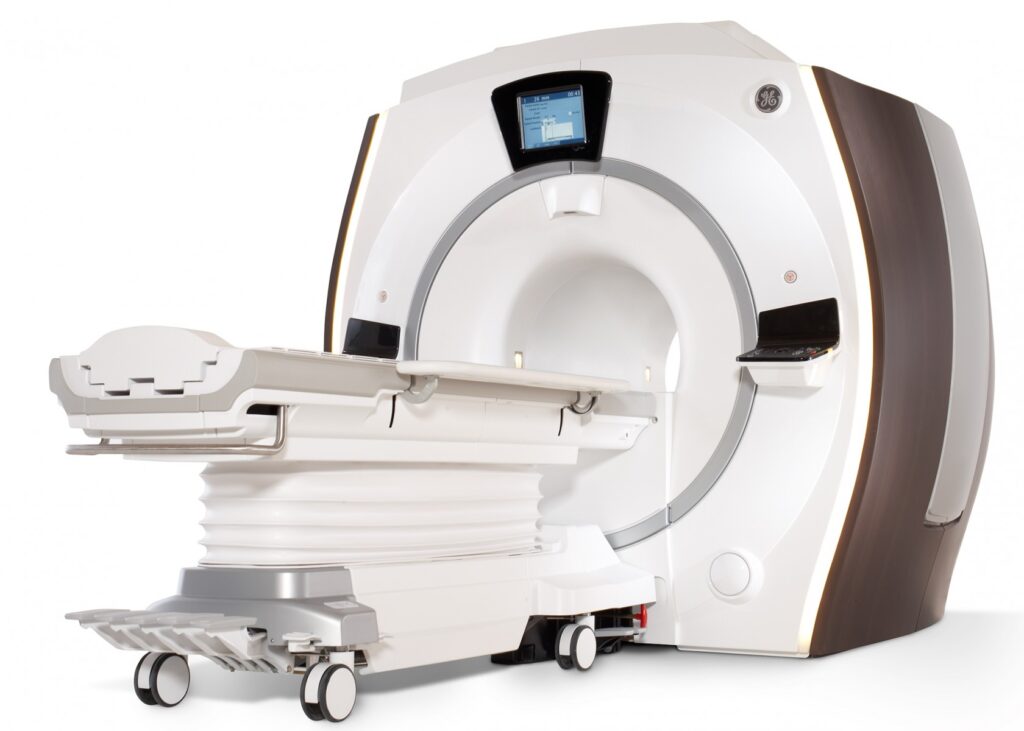
| Properties | Details |
|---|---|
| SFDA Classification | Class IIa |
| Purpose of Use | An MRI is used to visualize the soft tissue organs of the body. Magnetic resonance is one of the most important devices used to visualize the details of organs in connection with diagnosis or monitoring of various treatment conditions. |
| Work Location & End-User | Place of work: Radiology department End User: Radiologist |
| Parts & Accessories | • Mobile Diagnostic Table • magnet • Gradient Coils • Radiofrequency waves • Computer |
| Operation | he human body is made up of 60% of water (H2O) molecules arranged randomly, and these molecules have a single positive charge called proton. This proton acts as a small magnet that is sensitive to the magnetic field. MRI starts by powering the magnet, which will generate a strong magnetic field. Then, the scanner will send a radiofrequency (RF) wave to the body through the gradient coils. The molecules in the body will align due to the RF waves to adjust the magnet. Thus, the molecule's alignments caused by turning off the radiofrequency waves induced an energy difference that will transform into the computer software to create the image. |
| Common Problems | • Energy problems • Poor cooling • Images Artifacts |
| Manufacturers | • GE Healthcare • Siemens • Philips |
| Sources | • Saudi Food and Drug Authority • Radiologyinfo • National Institutes of Health |
